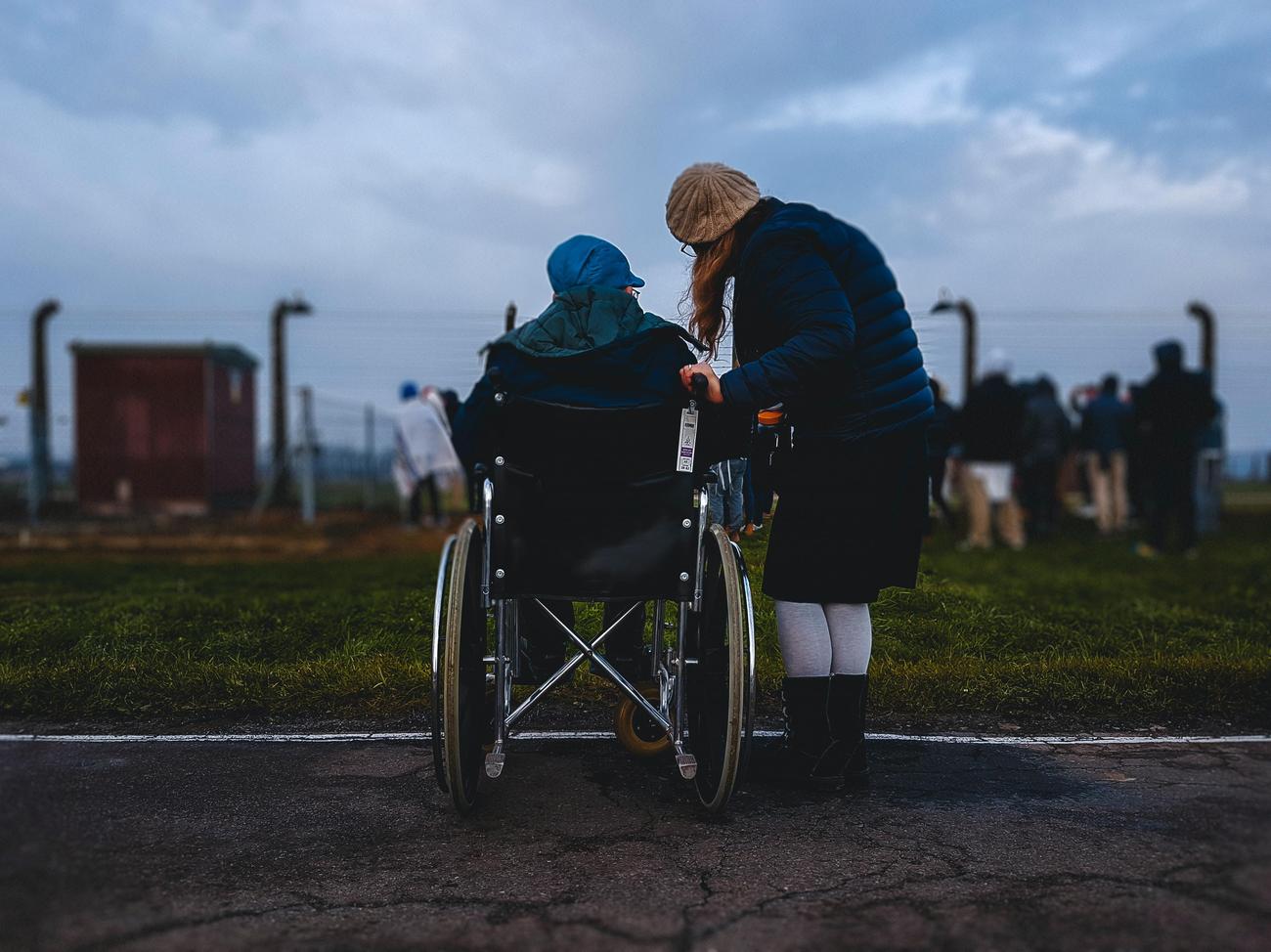Welcome to “The Most Common Foster Care Situations: Shedding Light on the Challenges.” In this article, we will explore the complex world of foster care and delve into the various situations that children find themselves in when they enter the system. From temporary placements due to neglect or abuse to long-term care for children unable to be reunited with their birth families, the foster care system is a web of unique circumstances that deserve our attention. As a seasoned journalist with a background in social services and child advocacy, I have dedicated years to understanding the intricacies of foster care, combining firsthand experience with extensive research. Join me as we uncover the challenges and triumphs within the foster care system, shedding light on the experiences of these vulnerable children.

What is the most common foster care?
Foster care is a vital support system for children who cannot stay with their parents due to neglect, abuse, or other challenging circumstances. The most common form of foster care is traditional foster care, which is provided by state or county agencies. Its main goal is to offer long-term temporary placement for children while they wait to be reunited with their families or find a permanent home through adoption.
In traditional foster care, children are placed with licensed foster families or in group facilities, depending on their specific needs and circumstances. Family foster care is the most common type, where children live with foster parents who provide them with care, support, and a nurturing environment. Treatment foster care is another type, aimed at meeting the needs of children with behavioral or emotional challenges. Specialized, therapeutic or medical foster care caters to children with specific medical or psychological conditions.
Relatives such as grandparents, aunts, uncles, or cousins are often the first choice for providing a safe and caring environment for children in foster care. This arrangement allows for a familial connection while offering stability and support to the children.
The challenges of foster care can be significant. The licensing process, planning for the future, adjusting schedules and routines, contacting legal guardians for permission, and adhering to restrictive rules are just a few examples. However, the ultimate goal is to ensure the safety and well-being of the children.
Despite the challenges, foster care serves as a crucial safety net for children in need. It provides them with a safe and nurturing temporary home, giving them the opportunity for reunification with their biological family or finding them a permanent placement through adoption. The benefits of foster care are immense, bringing hope and stability to the lives of vulnerable children.
“Traditional foster care serves as a lifeline for children, offering them a safe haven while they navigate the challenging path to a more stable future.”
At any given time, there are hundreds of thousands of children within the foster care system in the United States. The main reasons children enter the foster care system include neglect, physical abuse, substance abuse by parents, parental incarceration, and parental mental health issues. Each case is unique and requires careful assessment and intervention to ensure the child’s best interests are met.
It’s important to acknowledge the potential adverse effects of living in foster care. The mental health of children in foster care can be significantly impacted, necessitating the provision of effective interventions and support systems. Education, therapy, and access to necessary resources are crucial in helping children overcome the challenges they face.
“Children in foster care need more than just a temporary place to stay; they deserve comprehensive support and opportunities to thrive.”
In conclusion, traditional foster care is the most common form of foster care provided by state or county agencies. It offers children a temporary placement while they await reunification with their families or adoption into a permanent home. Despite the challenges, foster care plays a vital role in ensuring the safety and well-being of children who cannot remain with their birth families. By supporting them with a nurturing environment, access to services, and opportunities for stability and growth, we can help these children overcome adversity and build brighter futures.
“Traditional foster care acts as a lifeline, giving children the chance to rebuild their lives and find hope amidst difficult circumstances.”
Foster care is a topic that often raises questions and curiosity. If you’re interested in diving deeper into the world of foster care, we’ve got some intriguing fun facts just for you. Discover the surprising statistics, heartwarming stories, and incredible transformations that stem from the foster care system. Our website has compiled an extensive list of fun facts about foster care, covering everything from the number of children in foster care to the benefits of becoming a foster parent. So, if you’re ready to be amazed and inspired, click here to explore our collection of fun facts about foster care: fun facts about foster care.

FAQ
Q: What is traditional foster care?
A: Traditional foster care is the most common form of foster care offered by state or county agencies. It involves providing long-term temporary placement for children while they wait to be reunited with their families or adopted into a permanent home.
Q: What are the different types of foster care?
A: There are several different types of foster care, including family foster care, treatment foster care, specialized, therapeutic or medical foster care, emergency foster care, and respite care.
Q: Who are the first choice for providing a safe and caring environment for children in foster care?
A: Relatives such as grandparents, aunts, uncles, or cousins are often the first choice for providing a safe and caring environment for children in foster care.
Q: What are some challenges of foster care?
A: Some of the challenges of foster care include the licensing process, planning for the future, adjusting schedules, contacting legal guardians for permission, and adhering to restrictive rules.
Q: What are the benefits of foster care?
A: There are several benefits of foster care, including providing a safe and nurturing temporary home for children, giving them the opportunity for reunification with their biological family, or finding them a permanent placement through adoption.
- Unveiling the Enigma: Mansoureh Khojasteh Bagherzadeh’s Public Appearances & Private Life in Iran - July 18, 2025
- Unveiling the Mystery: Mansoureh Khojasteh Bagherzadeh’s Husband: A Rare Glimpse into a Private Life - July 18, 2025
- Unveiling Masoud Khamenei’s Mother: Power, Influence, and Iran’s Future - July 18, 2025
















